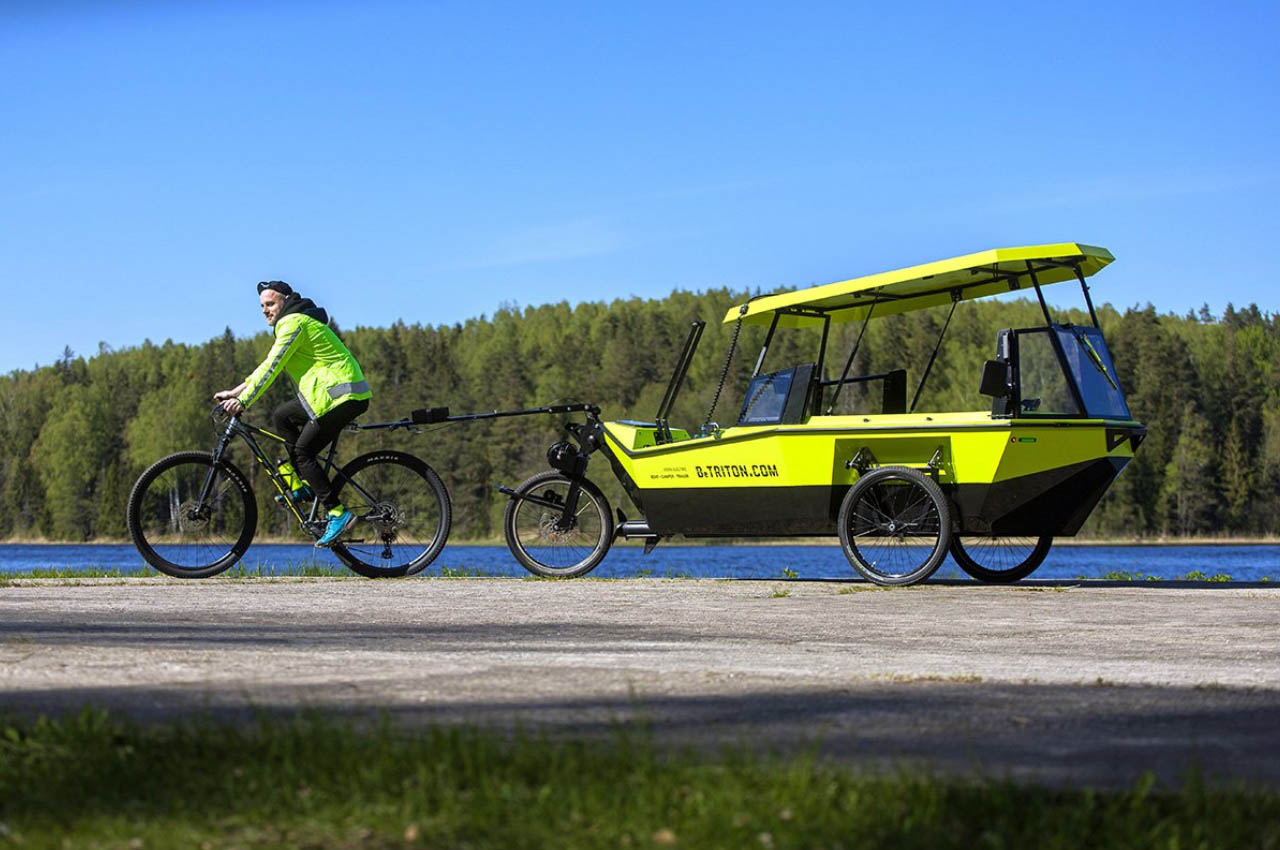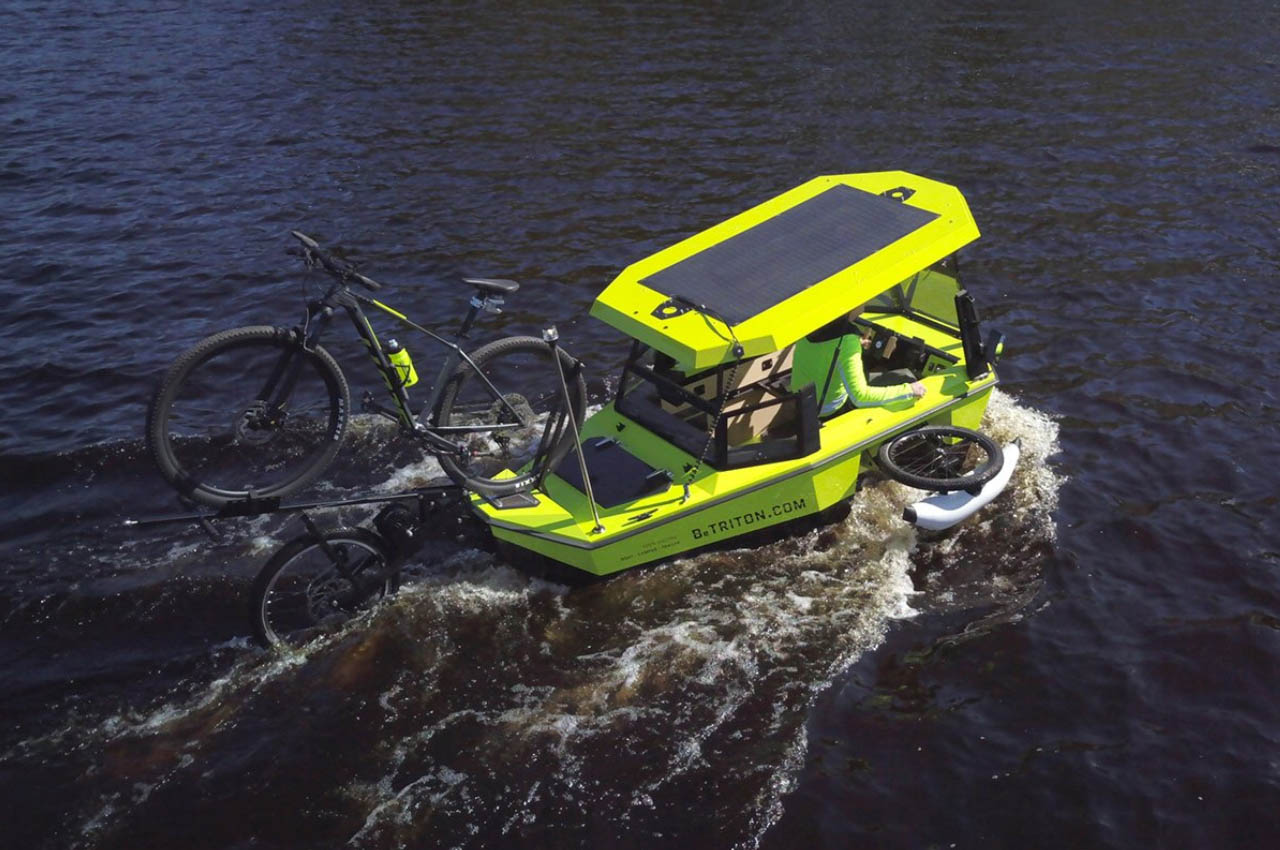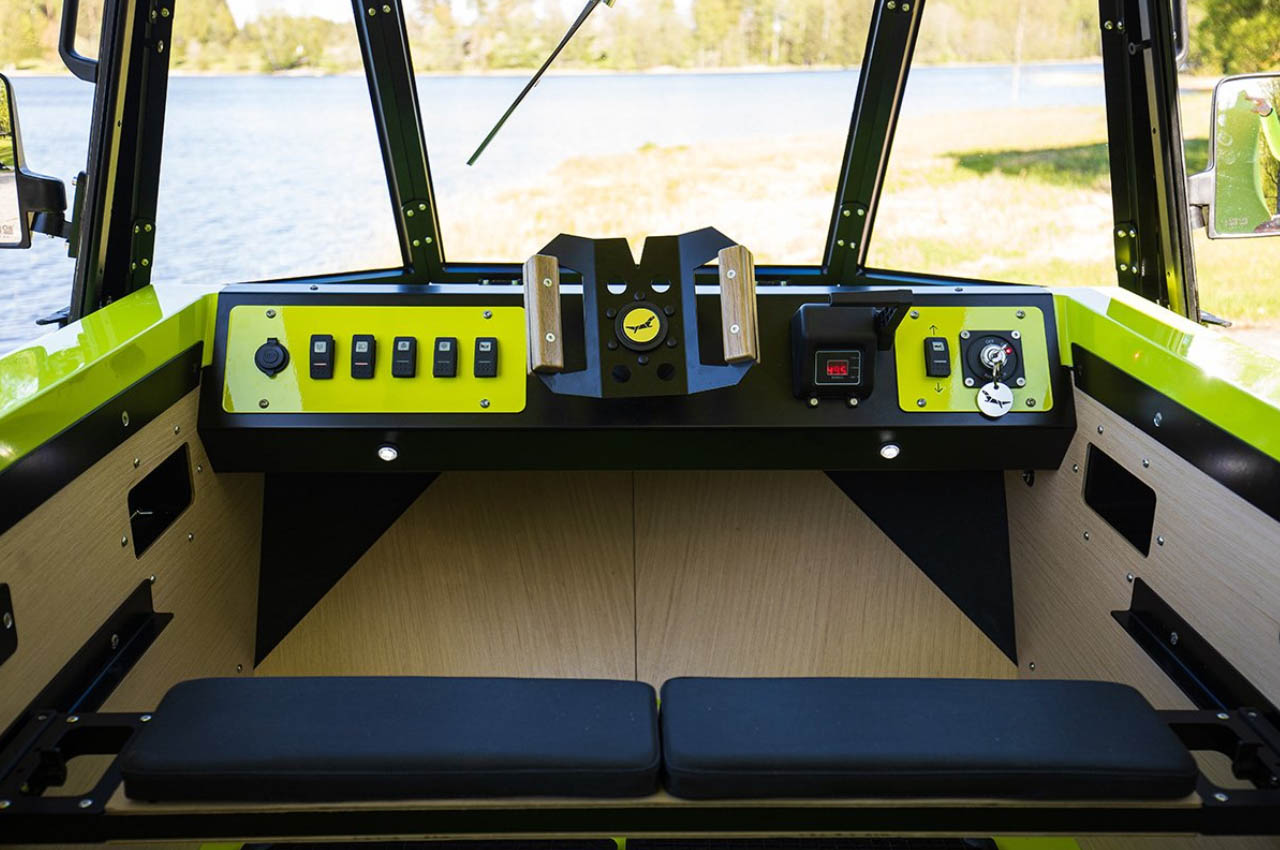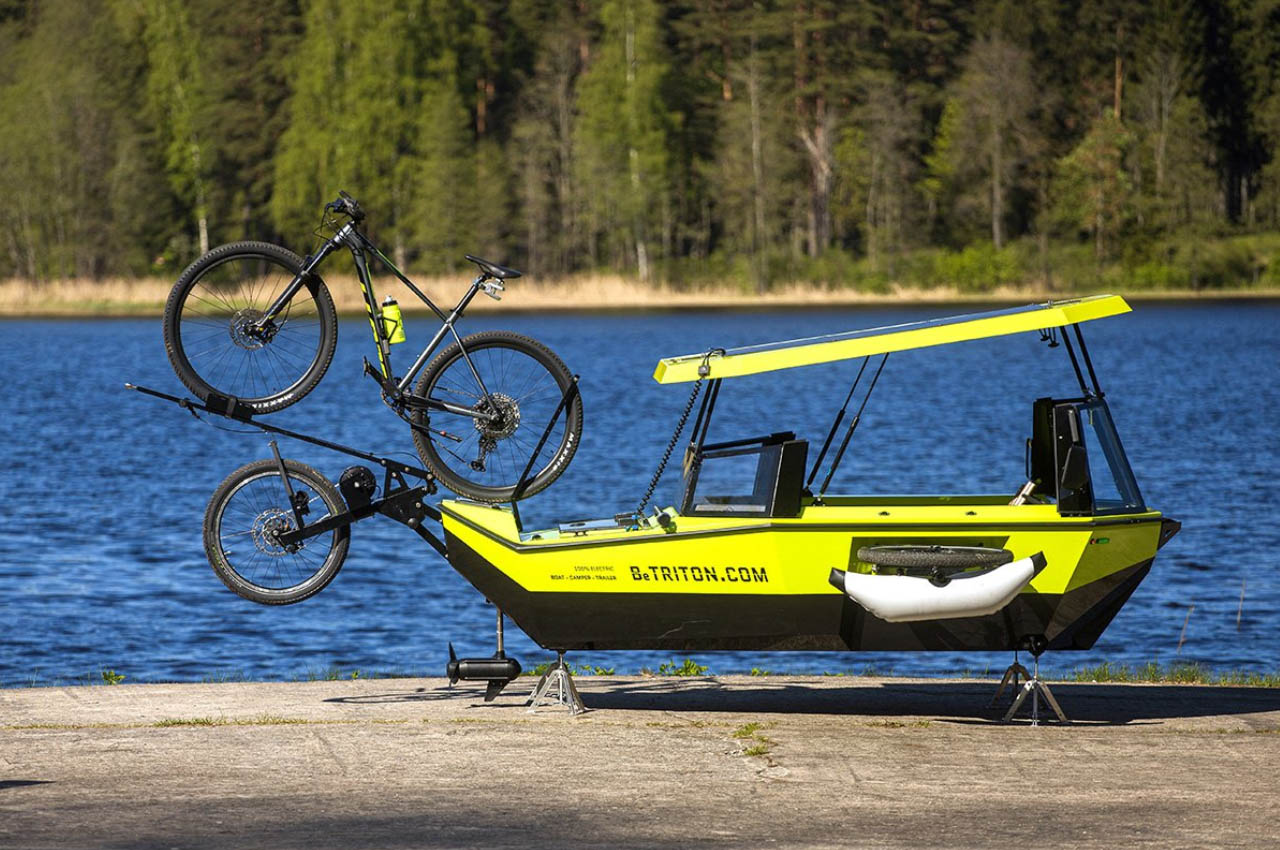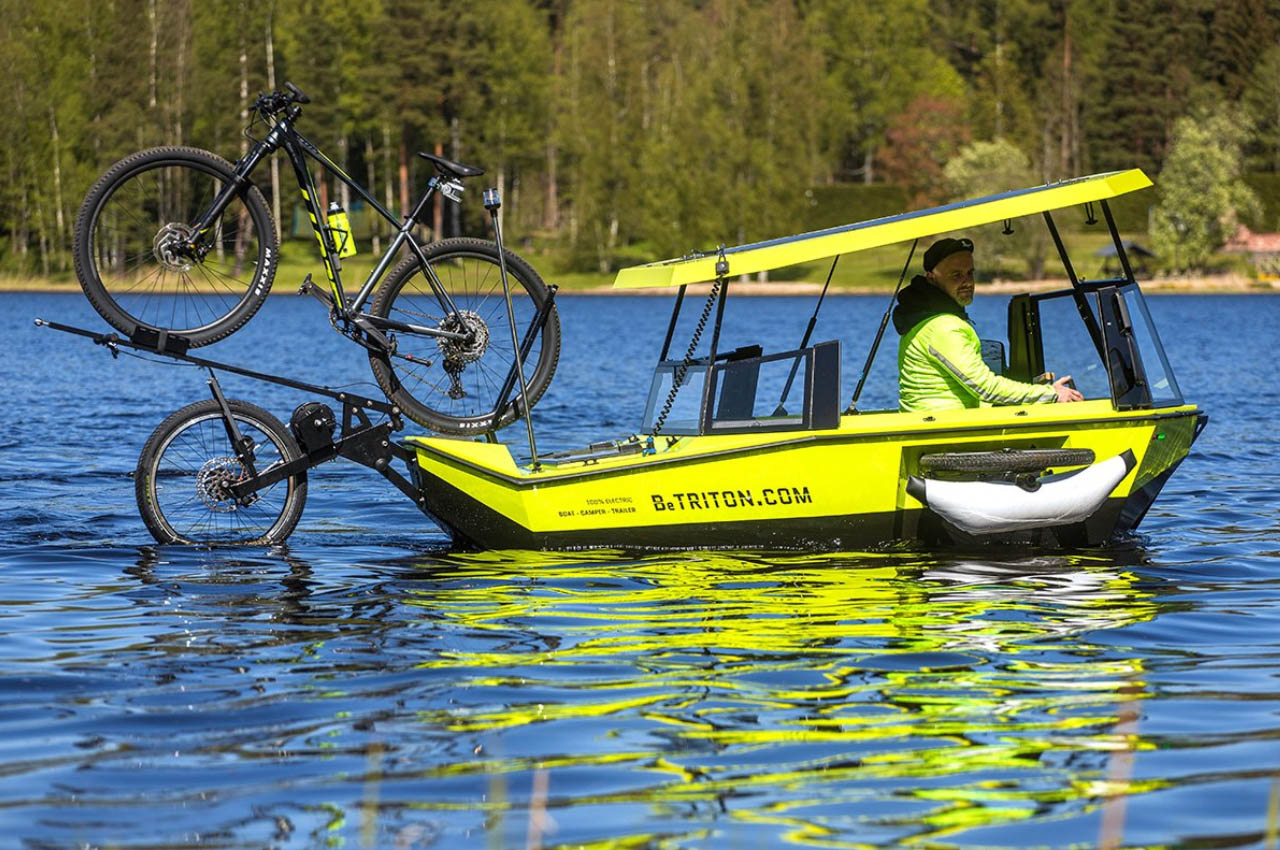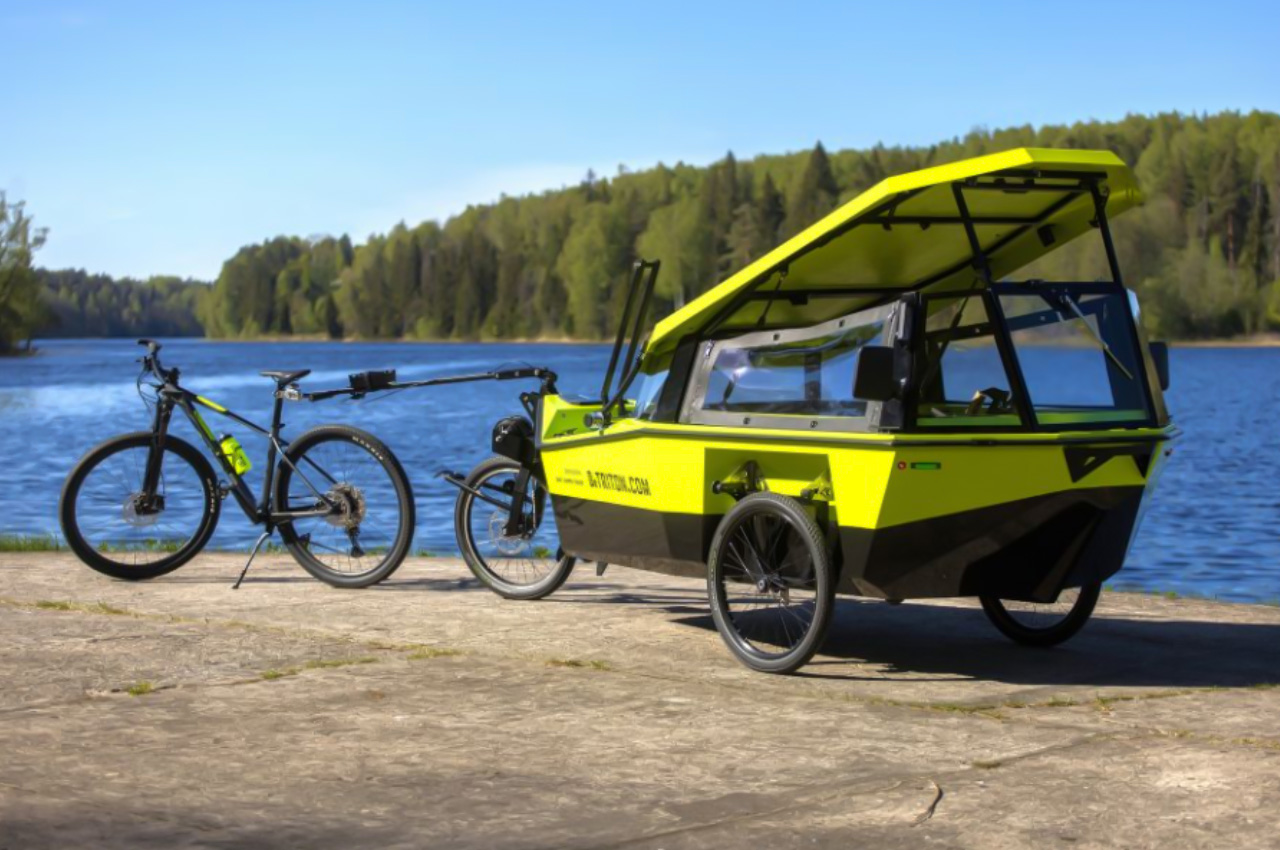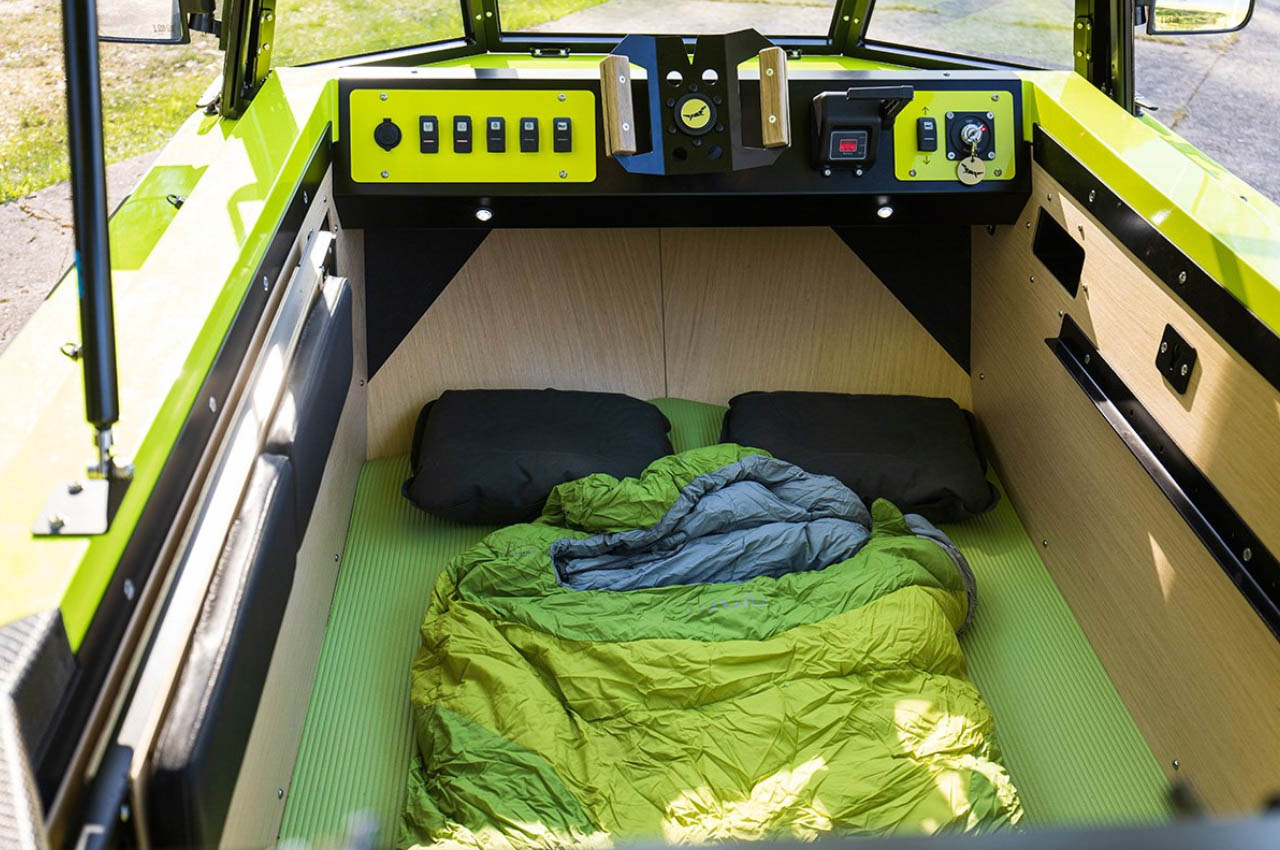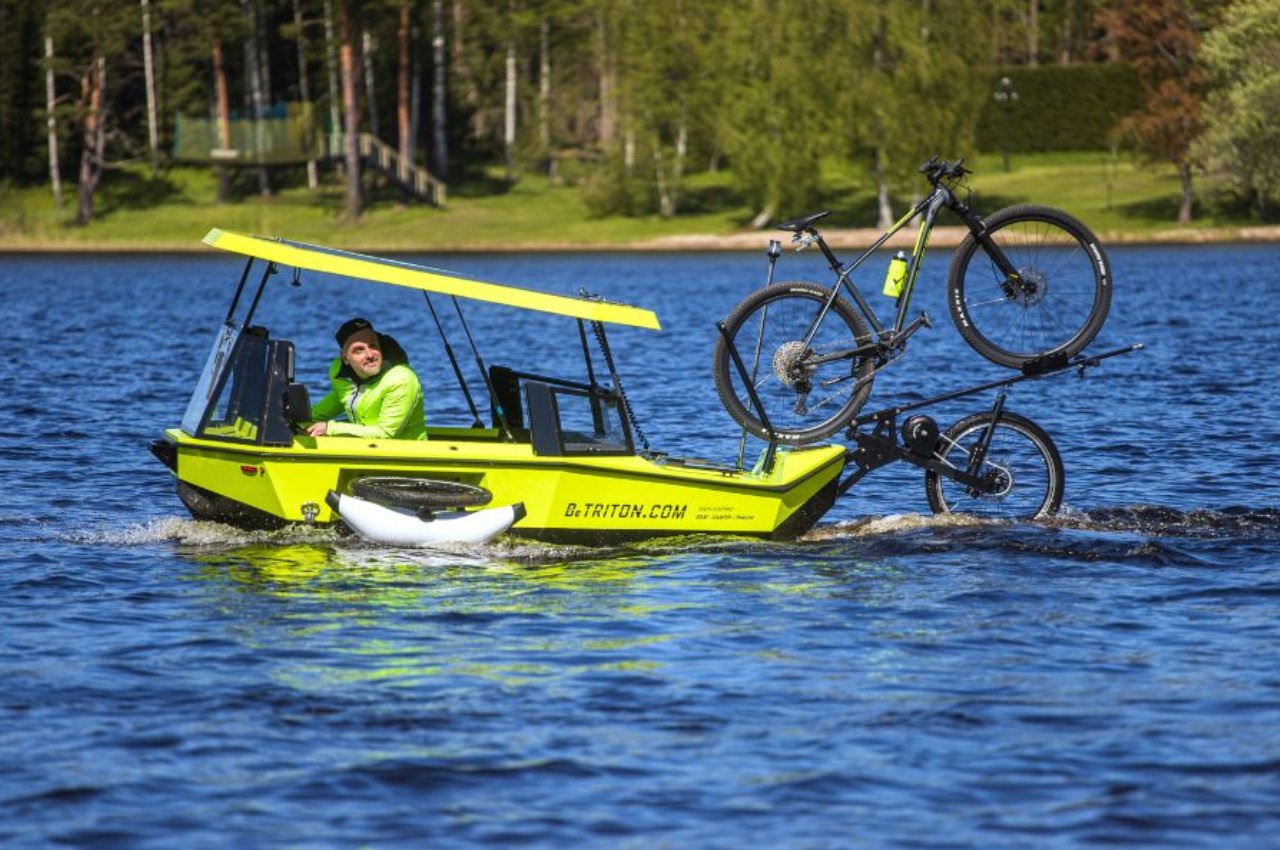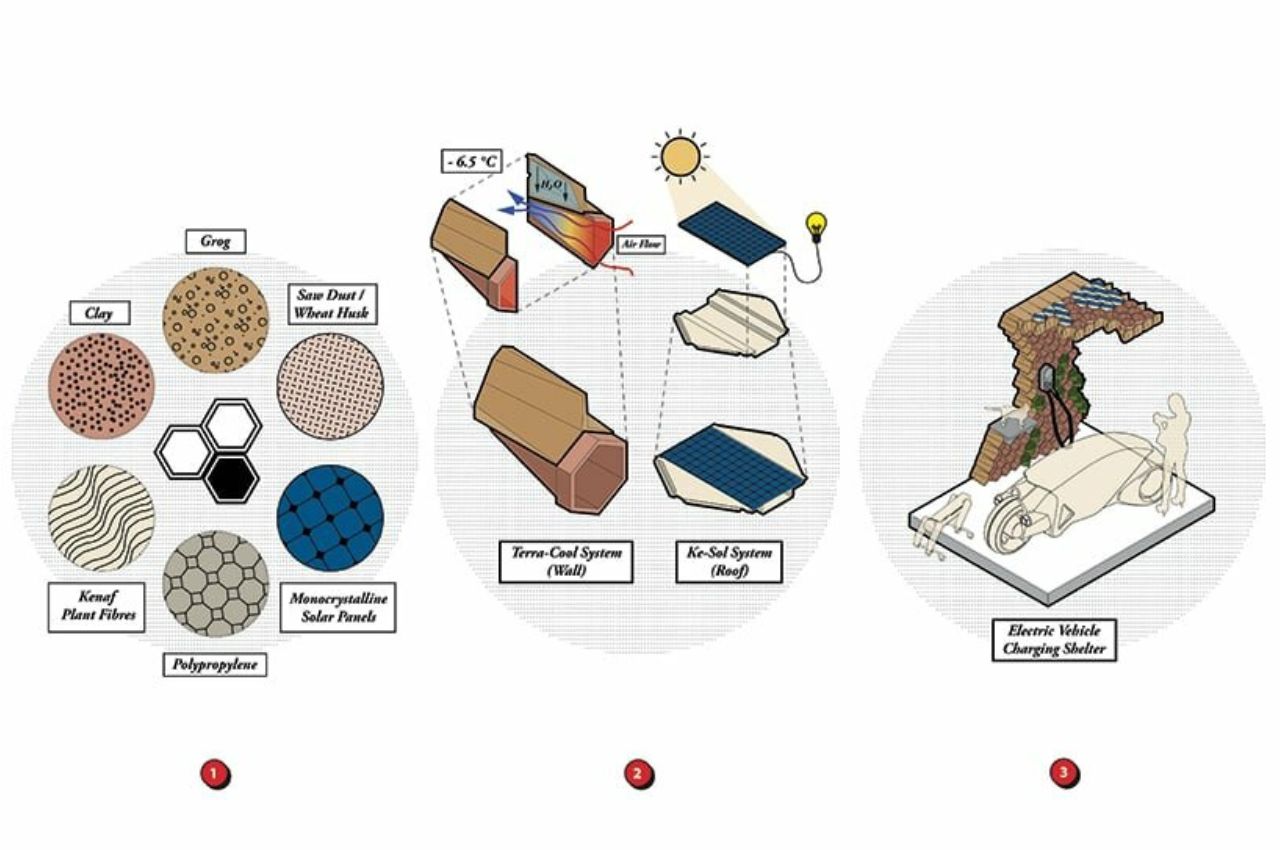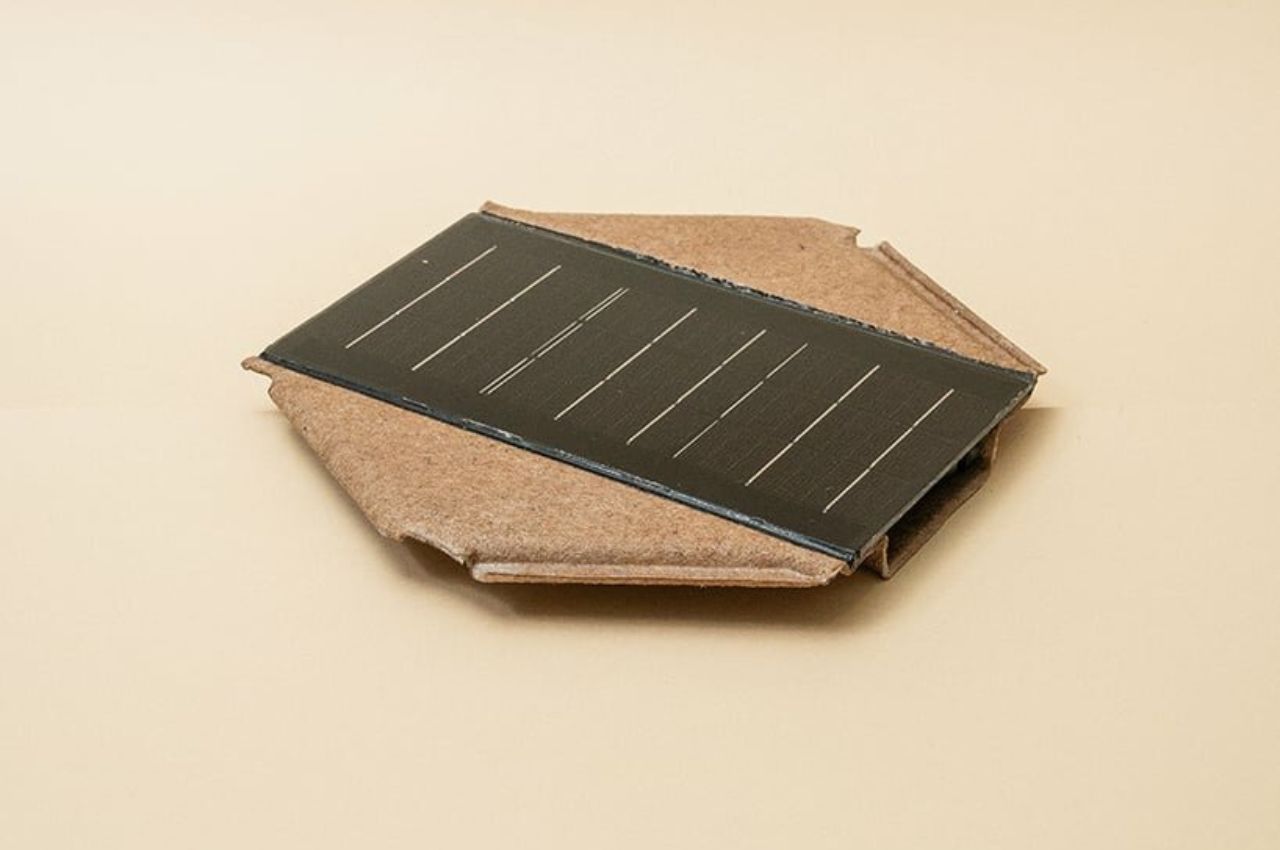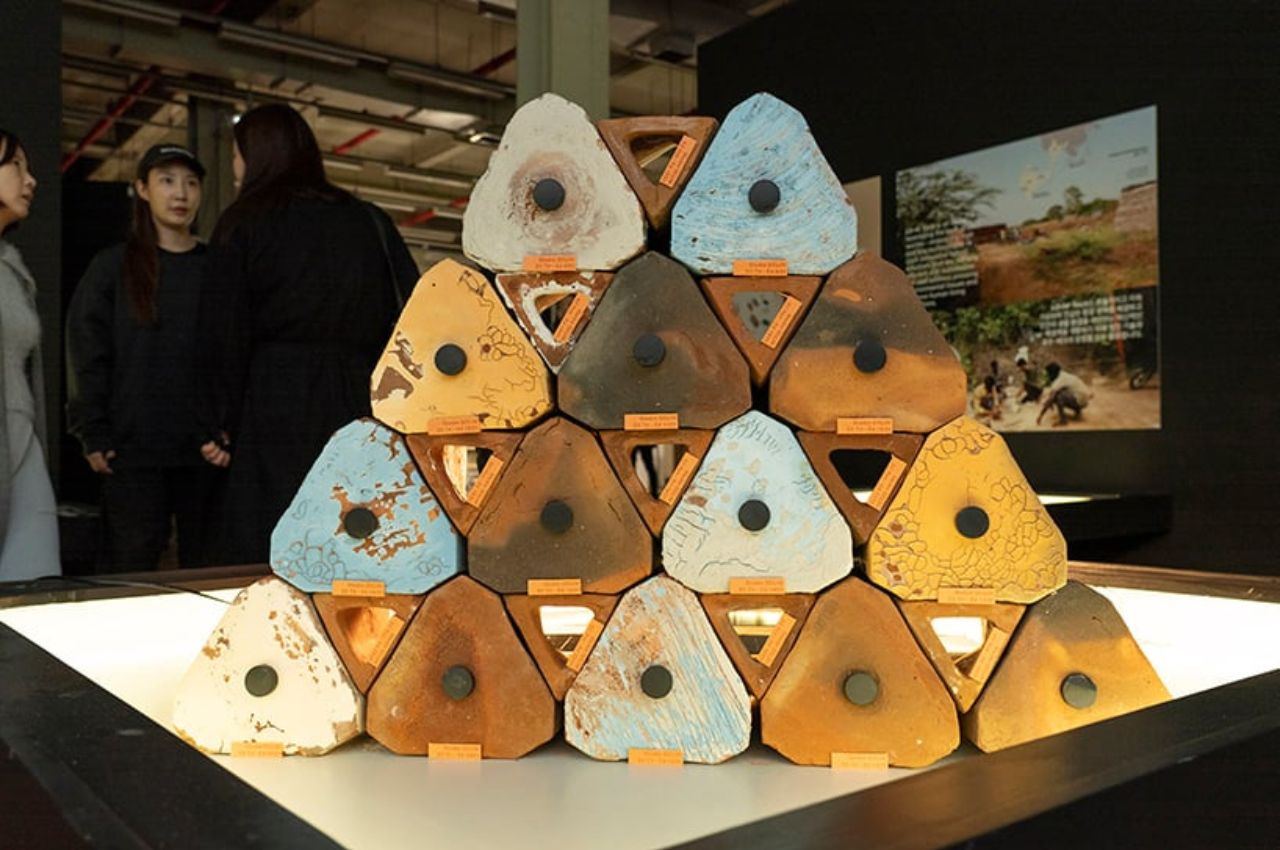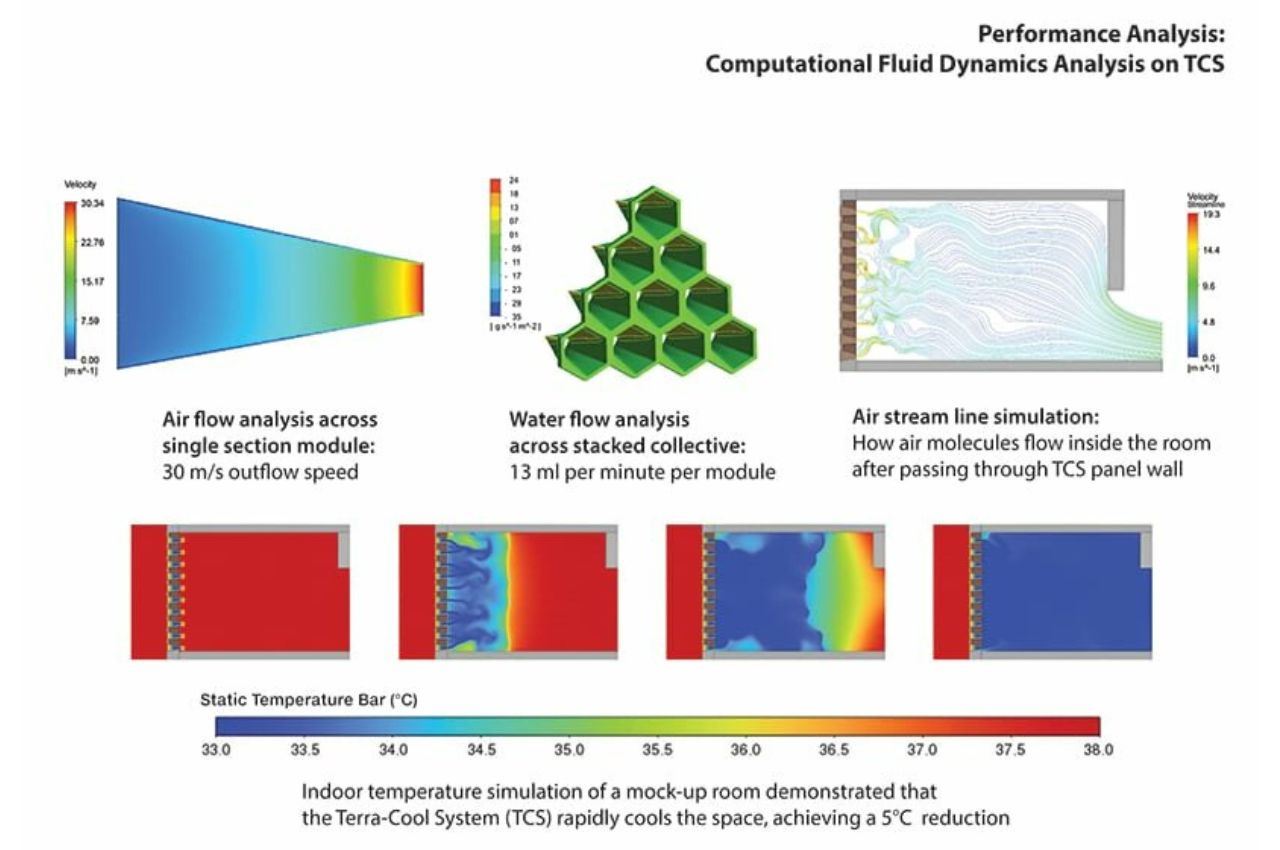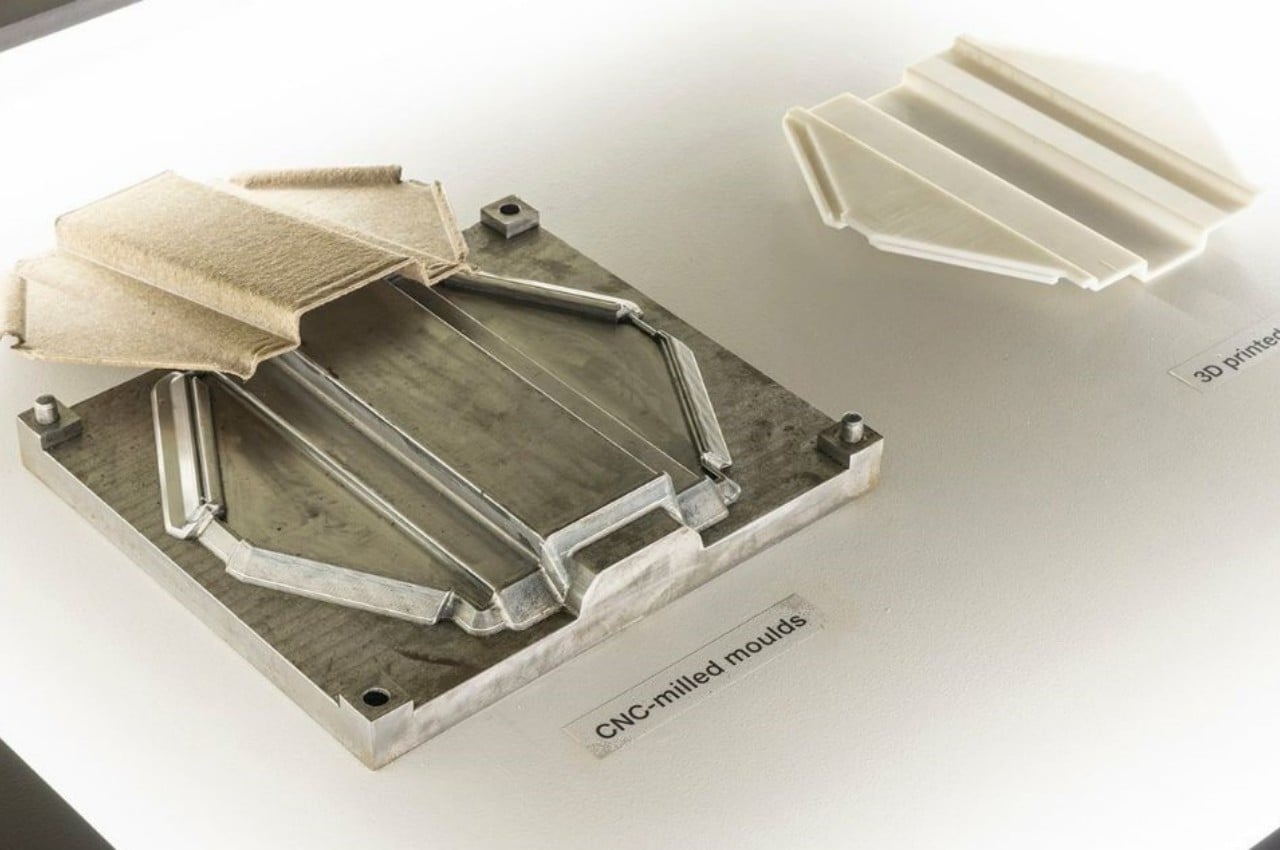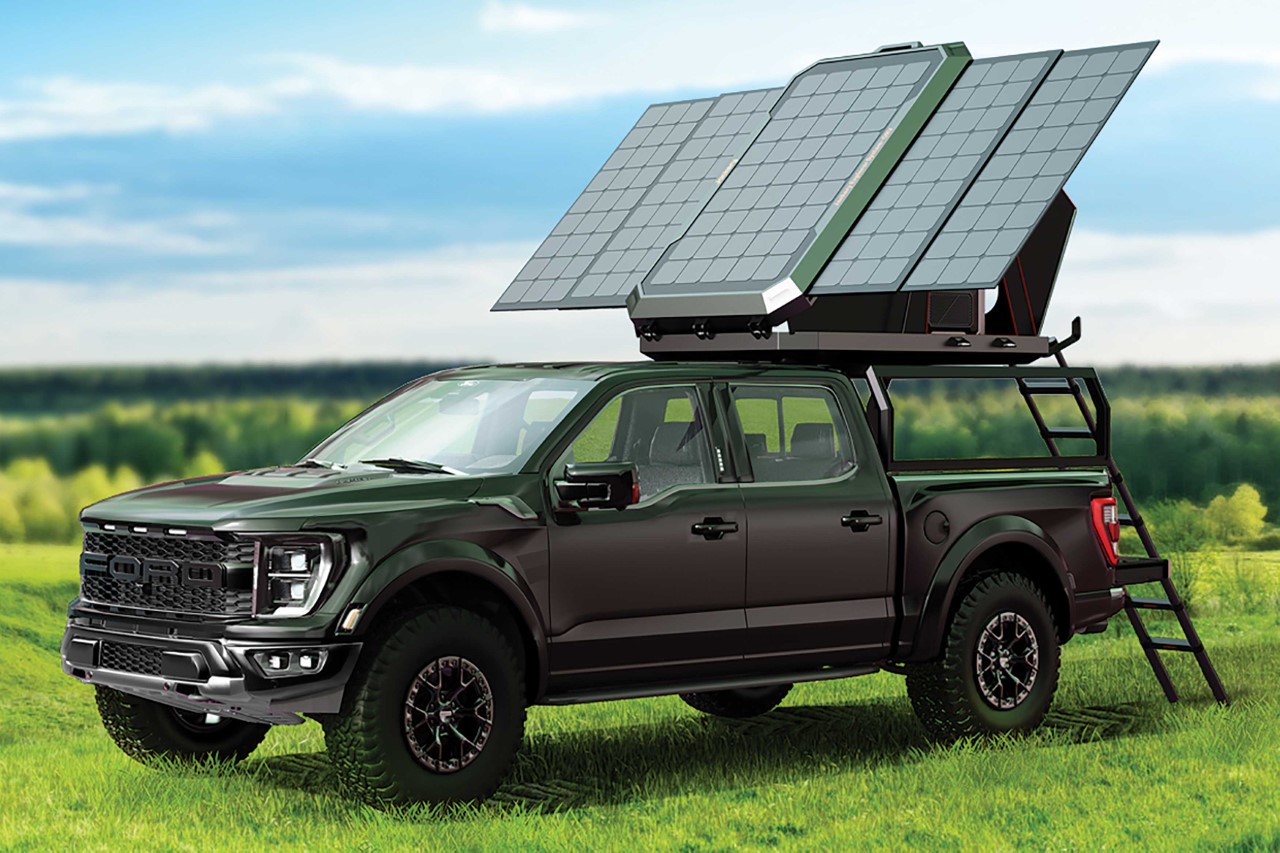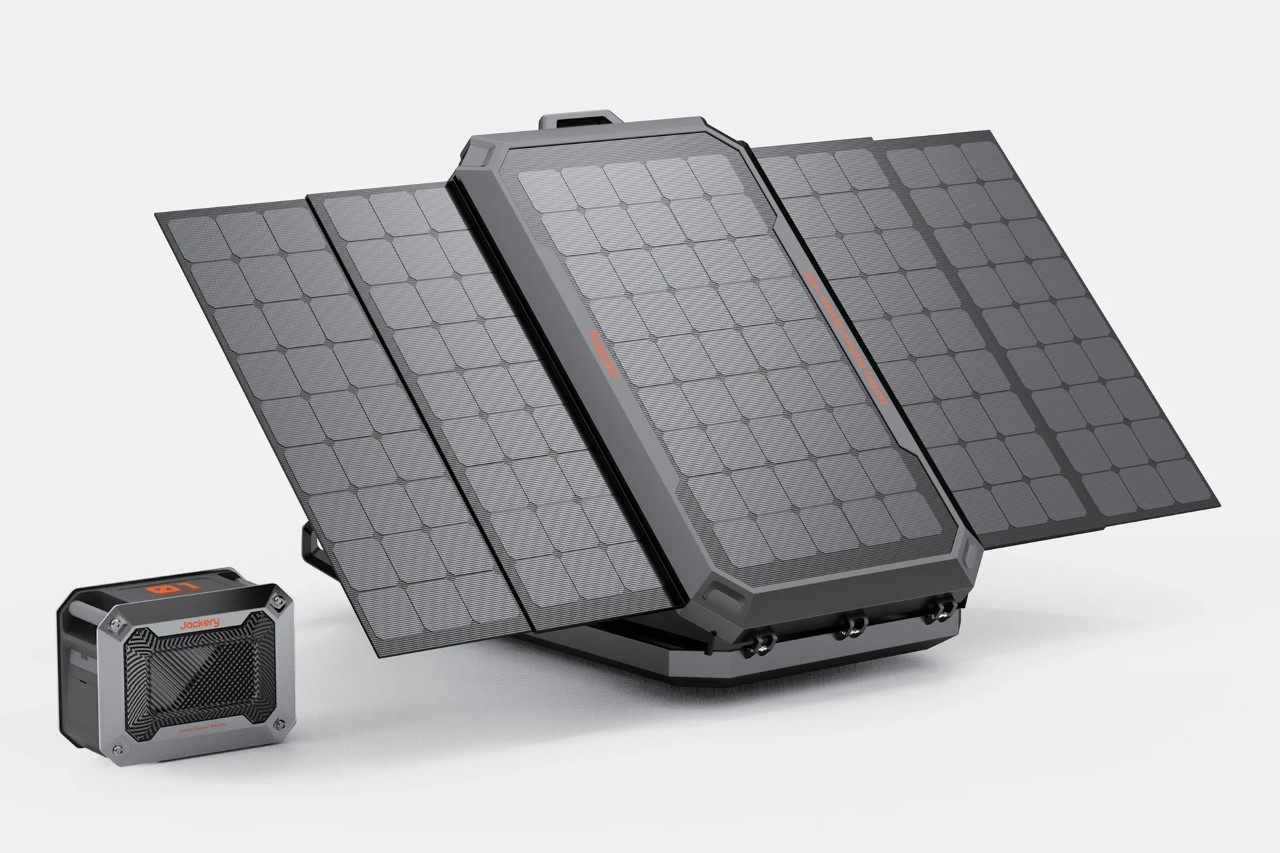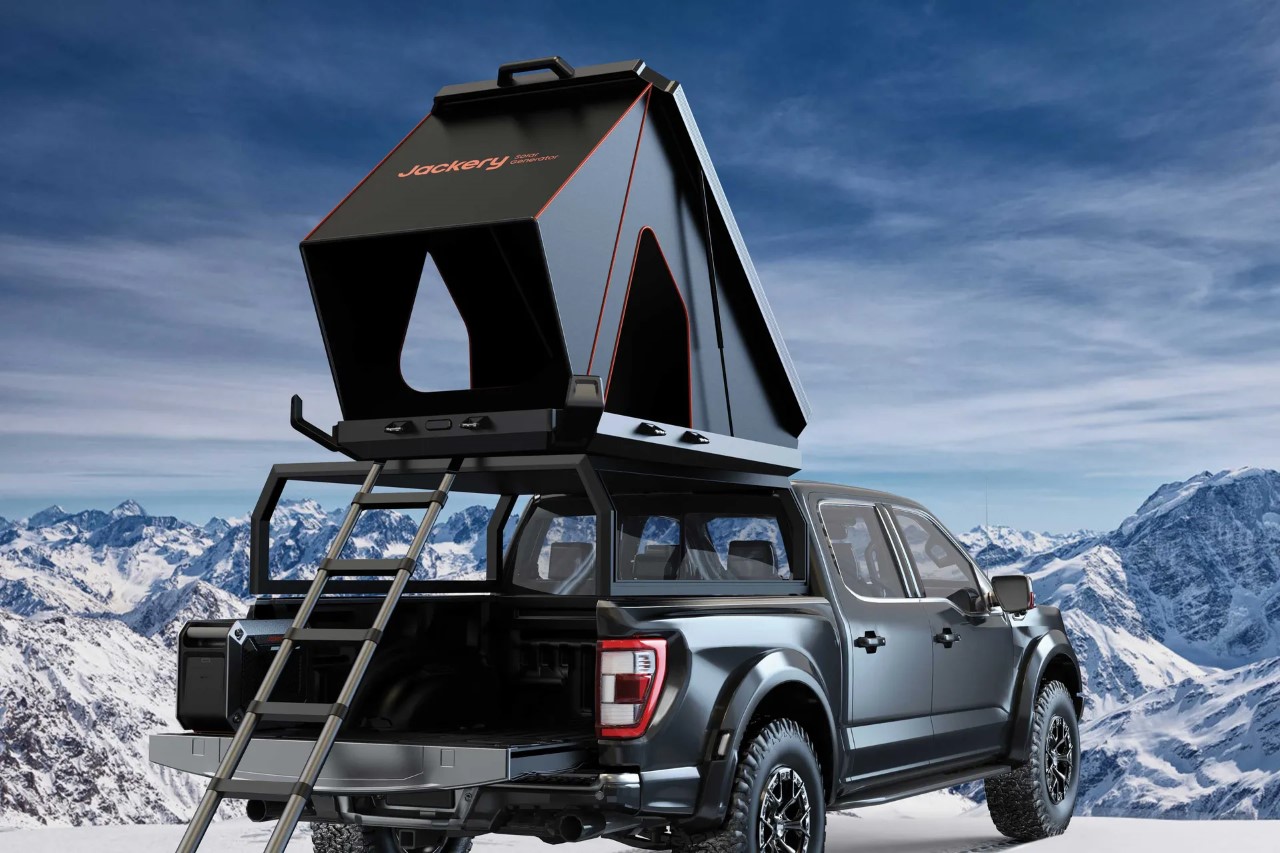Yamaha, a piano company, also makes motorcycles. Bose, an audio company, happens to also make suspension seats for truck drivers. And EcoFlow, a company known for its portable power stations, decided to enter the fashion market. However, it isn’t that much of a curveball, to be honest – because the product in question still somewhat fits into EcoFlow’s product portfolio. Meet the Power Hat, a sun-hat with a slight difference – the sun-blocking rim comes equipped with solar panels that don’t just cut the glare, they capture it and turn it into electrical power. Spotted at IFA 2024, the Power Hat is a weird accessory, but I guarantee it’s the kind of accessory that will turn heads and have people asking you where you got it from.
Designer: EcoFlow

What’s the Deal with the EcoFlow Power Hat?
At first glance, the Power Hat looks like your average wide-brimmed sun hat, the kind you’d see on a hiker or beach-goer. But hidden in plain sight is a flexible solar panel sewn right into the brim. This panel absorbs sunlight, converting it into usable power that charges your devices via a USB-C port tucked discreetly in the inner band. It’s designed for people who spend time outdoors—think hikers, campers, or anyone else who finds themselves without an outlet when they need a quick charge.
EcoFlow’s core mission has always been to make clean energy accessible, and the Power Hat is a clear extension of that. It’s a simple but clever solution: harness the sun to keep your phone alive. You won’t be powering your laptop or an entire campsite with it, but for smaller devices like smartphones and GPS units, it’s a handy backup.


A Walking Charger, Literally
So how does it work? The flexible solar panel captures sunlight as you go about your day, and the energy flows through to the USB-C port inside the hat’s band. You plug in, stash your device in a backpack or pocket, and let the sun do the rest. There’s no app, no settings, just solar power straight to your phone.
It’s a far cry from the clunky solar backpacks of the past—here, you get style and function wrapped in one. However, specifics on the exact charging speed remain vague. From what we saw at IFA, it’s more of an “emergency boost” than a full power-up. If you’re thinking of using it to charge a dead phone from 0% to 100%, you’ll want to manage your expectations. But if your battery’s at 20% and you need a bit more juice to get through a hike or festival, the Power Hat should do the trick.


A Hat That’s Actually A Wearable
Fashion and function don’t always play nice, especially when tech is involved. But EcoFlow seems to have struck a balance here. The hat is designed to be worn for long periods without feeling like you’ve got a mini solar farm on your head. Early reviews from IFA attendees suggest that it’s surprisingly comfortable, even with the embedded solar panel. The wide brim offers decent sun protection while giving the solar panel enough surface area to be effective.
While it’s not exactly runway-ready, the Power Hat doesn’t scream “tech gadget,” which is a win in itself. You’re not sacrificing aesthetics for utility, and it looks like a regular sun hat—until you plug in your phone, of course.


Where Does It Fit?
The Power Hat sits somewhere between a practical gadget and a novelty, depending on how you look at it. On one hand, it’s a genuinely useful tool for specific situations. If you’re out in the sun for hours, why not make use of that solar energy? On the other hand, it’s not exactly a game-changer for most people. Solar power banks or portable chargers probably still offer more versatility, especially for those who need serious charging power. But if you’re all about compact, multi-purpose gear, the Power Hat could find a place in your kit. With its $79 price tag, it’s definitely expensive for a hat, but can you really put a price on being energy-independent and sustainable? Moreover, the idea of a hat charging your phone, tablet, or earbuds definitely seems worth $79.

Final Thoughts
EcoFlow’s Power Hat is a quirky, eco-friendly addition to the wearable tech landscape. It combines the practical with the unexpected—a sun hat that helps charge your phone. While we still have questions about its real-world performance, it’s an intriguing product that could appeal to outdoor enthusiasts or anyone who enjoys tech with a touch of flair.
Who knows? Maybe the Power Hat will start a trend. Hats aren’t just for blocking the sun anymore—they’re for charging your phone while you hike, hit the beach, or attend that all-day music festival. Just don’t forget to bring a backup charger… in case it rains.
The post EcoFlow’s Solar-panel Power Hat Hands-on at IFA 2024: Meet the world’s first ‘wearable’ device charger! first appeared on Yanko Design.
